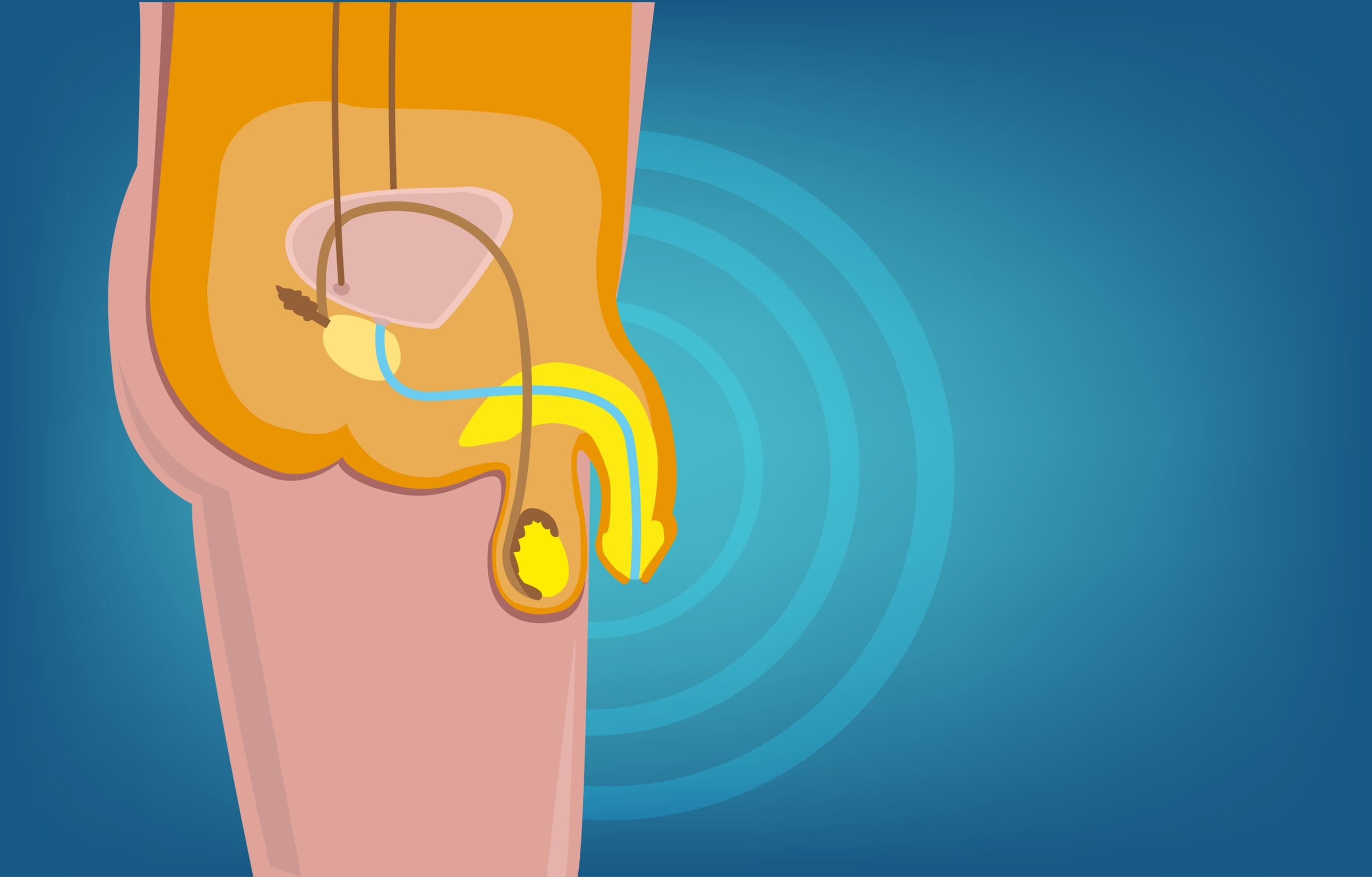5005 S. Cooper St.
Suite 250
Arlington, TX 76017
Has Your Sex Drive Taken a Nose Dive?

Reclaim Your Sex Life!
At UPNT, we know most men want to enjoy sex as long as possible. We understand all the issues that can affect a man’s ability to achieve and maintain erections. Not a day goes by that we that we don’t help improve a man’s sexual health or performance.
What is erectile dysfunction?
What causes ED?
What are some of the risk factors?
Health Navigator
- Harrison “Mitch” Abrahams, MD
- Jeffrey Charles Applewhite, MD
- Jerry Barker, MD, DABR, FACR
- Paul Benson, MD
- Richard Bevan-Thomas, MD
- Keith D. Bloom, MD
- Tracy Cannon-Smith, MD, FMS
- Paul Chan, MD
- Kara Choate, MD
- Lira Chowdhury, DO, FACOS
- Weber Chuang, MD
- Adam Cole, MD, FS
- M. Patrick Collini, MD
- Zachary Compton, MD
- Adam Hollander, MD
- Patrick A. Huddleston, MD
- Justin Tabor Lee, MD
- Wendy Leng, MD, FPMRS
- Alexander Mackay, MD
- Tony Mammen, MD
- F.H. “Trey” Moore, MD
- Geofrey Nuss, MD
- Christoper Pace, MD
- Jason Poteet, MD
- Andrew Y. Sun, MD
- Scott Thurman, MD
- James Clifton Vestal, MD, FACS
- Keith Waguespack, MD
- Diane C. West, MD
- Keith Xavier, MD, FPMRS
Related News & Information
Life After the Lift (UroLift) is Great!
For many men, an enlarged prostate can make life miserable. The urgent need to go, urinating more frequently than normal, a weak urinary stream, difficulty starting and stopping—they’re all symptoms of BPH. Find out how the UroLift is helping men get their life back.
We're Here To Help
Our urologists are experts in ED. Our erectile dysfunction specialists offer the latest treatments to help men get and maintain firm, long-lasting erections so they can enjoy satisfying sex.

Oral Phosphodiesterase-5 Inhibitors
Phosphodiesterase-5 (PDE-5) is an enzyme that is naturally produced by the body. When the body produces too much PDE-5, it interferes with signals that tell smooth muscle cells lining blood vessels in the penis to relax during sexual arousal. When the muscle cells can’t relax, blood flow to the penis is restricted—preventing erections. Oral PDE-5 inhibitor medications such as Viagra, Cialis and Levitra reduce the amount of PDE-5 so blood can flow into the penis. Oral PDE-5 may be prescribed for use every day or several times per week. It is not recommended for men who take nitrates, alpha blocker medications or those who have serious liver, kidney or heart conditions.


firmaWâve
This innovative, non-invasive in-office procedure doesn’t require shots, incisions or medications. It uses a form of low-intensity shock wave therapy. The waves help naturally repair damaged blood vessels and create new ones in the corpora cavernosa—the area of the penis that fills with blood during an erection.
Despite the name, firmaWâve doesn’t use electrical shocks. No actual shocking is involved! It actually uses a milder form of ultrasound waves often used to treat kidney stones and joint inflammation. The waves increase blood flow in the penis—which improves erectile function.
firmaWâve consists of six weekly treatments. Each treatment takes less than 30 minutes and is done right in your UPNT urologist’s office. Men notice the best results after all six treatments. For some men, a maintenance treatment may be needed two to three months after the initial series of treatments.
Vacuum Erection Device
Most men aren’t thrilled by the thought of using a vacuum erection device (VED), but it provides important physical therapy for the penis after prostate cancer treatment. Patients are provided with a prescription for a VED—a plastic cylinder that is closed on one end and fitted with a seal around the open end. The penis is inserted into the cylinder through a hole in the seal.When pressed against the body, the cylinder creates a vacuum using either a hand pump or small battery-operated pump. The vacuum draws blood into the penis causing an erection. This stretches the penis to help prevent the loss of penile length and the development of scar tissue. It also improves blood flow and oxygenation which are vital to sexual function. A retaining band can be transferred from the VED to the penis to maintain the erection after the VED is removed. Nightly use of a VED can make a significant impact on the ability to develop erections sufficient for intimacy.

Penile Injection Therapy
For patients who do not respond to oral PDE-5 inhibitors or other treatments, penile injection therapy can be a good option. As daunting as it may seem, this therapy has a very high efficacy rate because it doesn’t involve nerve stimulation. Studies show that 80 percent of men who have penile injections develop a natural feeling erection firm enough for intimacy. The injections are also fast-acting. Immediately prior to intimacy, the patient or their partner injects the medication into the side base of the penis. The proper dosage is determined by your UP physician. The injection causes blood vessels to dilate and the penis to become erect within five to 10 minutes. Erections typically last for approximately 30 minutes. Some men may experience mild pain, not from the needle insertion, but rather from the medication. For men who feel pain from the needle prick, a topical anesthetic can be applied before the injection. Because the injections are self-administered, you or your partner must physically be able to see the injection site and have the dexterity to safely administer the injection. Penile injections are not an option for men with a hypersensitivity to vasoactive medications or who suffer from sickle cell anemia, multiple myeloma or leukemia.
Penile Implant
Once cumbersome and awkward, penile implants have come a long way from the crude models introduced in the 1970s. Today, a state-of-the-art, three-piece inflatable implant can be totally concealed within the body. Most importantly, the implant can be discreetly inflated and deflated on demand via a squeezable pump that is placed in the scrotum. The pump channels fluid from a small reservoir implanted next to the bladder to a pair of inflatable cylinders in the penis, inflating the implant.
When the implant is inflated, the penis expands in length and girth, and has the rigidity and appearance of a natural erection. When it is deflated, the implant becomes soft and flaccid. Unlike oral medications, an implant lets the wearer decide when he wants to have an erection and how long he wants it to last. Implants allow wearers to be spontaneous with their partners and have sex when the mood strikes.

We Are Your Erectile Dysfunction Experts
Call for an Appointment

Ready to Wave Goodbye to Erectile Dysfunction?
Erectile dysfunction complicates the sex lives of many men—millions, in fact. Yes, ED is frustrating and embarrassing. It can even be depressing. But there’s one thing it’s not—inevitable.

